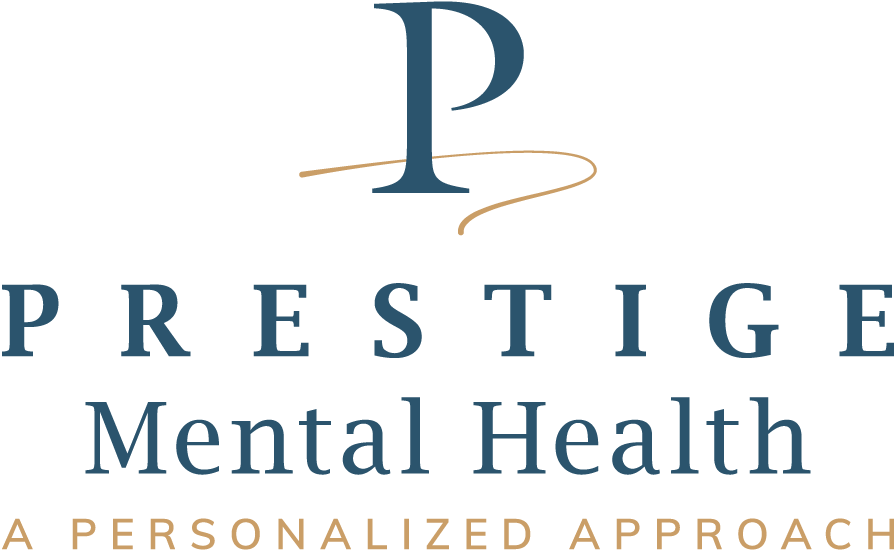The first step to improving your mental health is obtaining a proper diagnosis. This should always come before starting a treatment plan. A comprehensive psychiatric evaluation helps to uncover what diagnosis (or diagnoses) explain the symptoms, struggles and negative consequences you have experienced.
Your first visit is likely a similar experience to other medical professionals that you may have seen in the past. We will discuss what brought you into the office, in other words, “what we will be working on together.” Next, we’ll go through a series of questions together, regarding current and past mental health, general health, and family history. The initial appointment lasts about 60 minutes.
Every patient is unique and comes with a history of different symptoms, life experiences, treatment failures, treatment successes and treatment options that have not been tried in the past. The goal is to help the patient determine an accurate diagnosis or diagnoses. Even if a diagnosis seems obvious, other conditions will be ruled out such as depression, bipolar disorder, ADHD, anxiety, psychosis, addiction and certain medical conditions, as these conditions influence which medications and therapeutic treatment options would be most suitable. In some cases, it can take several follow up sessions to further clarify the diagnosis.
A patient’s treatment plan is based on many factors, including the severity of the symptoms, how much their condition is impacting their ability to function at work and/or home, and their history of previous treatments. Additionally, each patient has preferences about taking medication, what types of medications, and other treatments used to individualize their treatment plan.
My goal as a mental health professional is to first establish an accurate diagnosis (or diagnoses). Only then, can the patient understand all of their treatment options which may include medication and non-mediation treatment options.
Follow up appointments are centered around medication changes, so initially they can be more frequent. Once the patient is doing better and the symptoms have stabilized, the frequency of the appointments will decrease. Since every patient has different needs, each patient is treated with a personalized approach that enable us to work together toward a common goal of optimal mental health. It is not uncommon during a patient’s treatment plan to try several medications over time in order to achieve optimum results.

